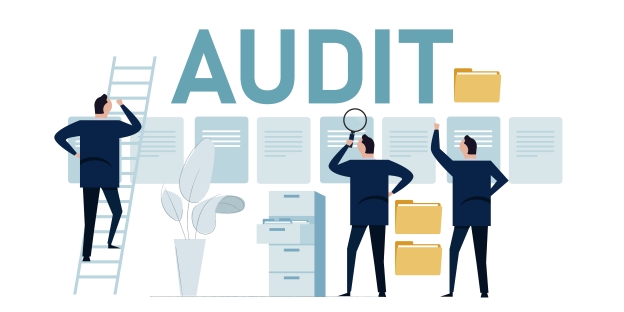Statutory Audit for Architects
Ensuring a successful statutory audit for architects in India involves several key steps to maintain transparency, compliance, and accuracy in financial reporting.
1. Maintain Comprehensive Financial Records:
Architects should keep well-organized records of all financial transactions, including income sources and expenses.
This documentation should be up-to-date, accurate, and easily accessible. Proper record-keeping forms the foundation of a smooth audit process.
2. Adhere to Applicable Accounting Standards:
Architects must follow the relevant accounting standards and principles, such as the Indian Accounting Standards (Ind AS) or Generally Accepted Accounting Principles (GAAP). These standards ensure consistency and accuracy in financial reporting.
3. Engage Professional Accountants:
To ensure compliance with taxation laws and audit requirements, architects should collaborate with qualified accountants or financial advisors.
These professionals can help prepare financial statements, perform reconciliations, and ensure that the books are in order for the audit.
4. Segregate Revenue Streams:
Architects often have diverse income sources, such as design fees, consulting charges, or royalty income.
Clearly segregating these revenue streams simplifies the audit process, making it easier to verify each source’s accuracy.
5. Document Project Expenses:
Architects should meticulously document project-related expenses, including overhead costs, travel expenses, and material purchases.
Properly categorized expenses aid in accurately assessing the financial health of the business.
6. Comply with Tax Regulations:
Architects must fulfill their tax obligations by timely filing income tax returns and paying applicable taxes.
Complying with tax regulations demonstrates the business’s commitment to transparency and legality.
7. Regularly Reconcile Financial Statements:
Consistently reconciling bank statements, invoices, and financial statements helps identify any discrepancies early on.
Addressing these discrepancies proactively prevents potential issues during the audit.
8. Implement Internal Controls:
Architects should establish internal control mechanisms to prevent errors, fraud, and mismanagement of financial data.
This includes separating duties, conducting regular reviews, and setting up authorization processes.
9. Prepare Audit Documentation:
As part of the audit process, architects need to prepare relevant documentation, including financial statements, ledgers, bank statements, invoices, and receipts. Having these documents readily available ensures a smooth audit experience.
10. Engage an External Auditor:
Depending on the business’s size and legal requirements, architects may need to engage an external auditor.
The auditor assesses financial statements for accuracy, adherence to accounting standards, and compliance with legal requirements.
11. Communication with Auditors:
.Maintain open communication with the auditors throughout the process. Address any queries they have promptly and provide necessary explanations for financial transactions and entries.
12. Post-Audit Review:
After the audit, review the auditor’s findings and recommendations. Implement any necessary changes or improvements to enhance financial reporting accuracy for the next audit.
By following these steps, architects can ensure a smooth and successful statutory audit, maintaining their financial credibility and compliance with Indian regulations.
To visit: https://www.mca.gov.in/
For further details access our website: https://vibrantfinserv.com

